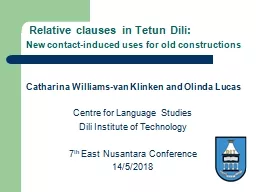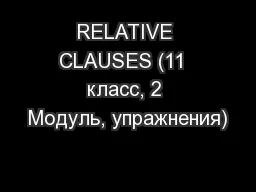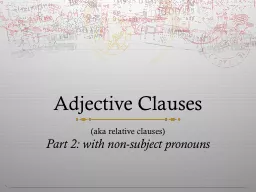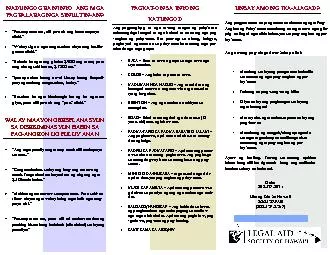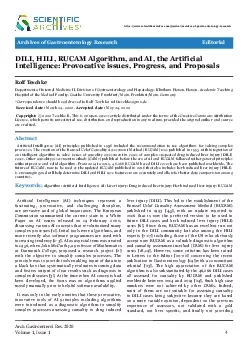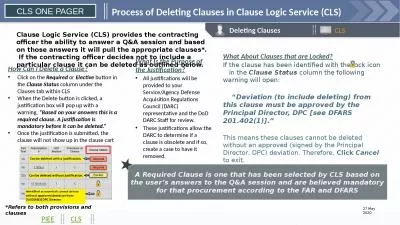PPT-Relative clauses in Tetun Dili:
Author : phoenixbristle | Published Date : 2020-07-04
New contactinduced uses for old constructions Catharina Williamsvan Klinken and Olinda Lucas Centre for Language Studies Dili Institute of Technology 7 th East
Presentation Embed Code
Download Presentation
Download Presentation The PPT/PDF document "Relative clauses in Tetun Dili:" is the property of its rightful owner. Permission is granted to download and print the materials on this website for personal, non-commercial use only, and to display it on your personal computer provided you do not modify the materials and that you retain all copyright notices contained in the materials. By downloading content from our website, you accept the terms of this agreement.
Relative clauses in Tetun Dili:: Transcript
Download Rules Of Document
"Relative clauses in Tetun Dili:"The content belongs to its owner. You may download and print it for personal use, without modification, and keep all copyright notices. By downloading, you agree to these terms.
Related Documents

